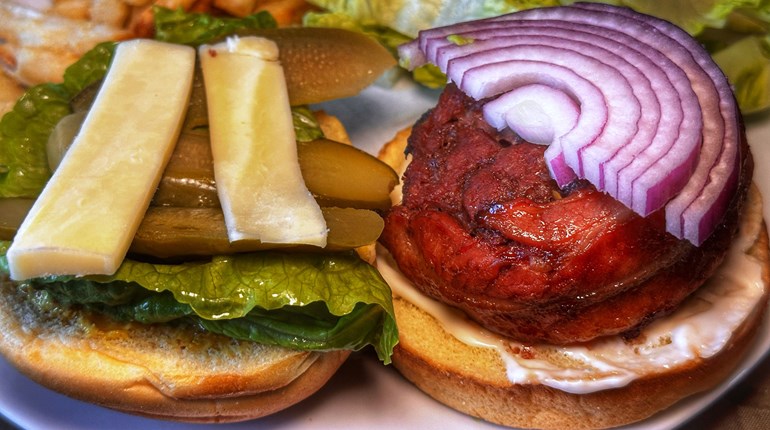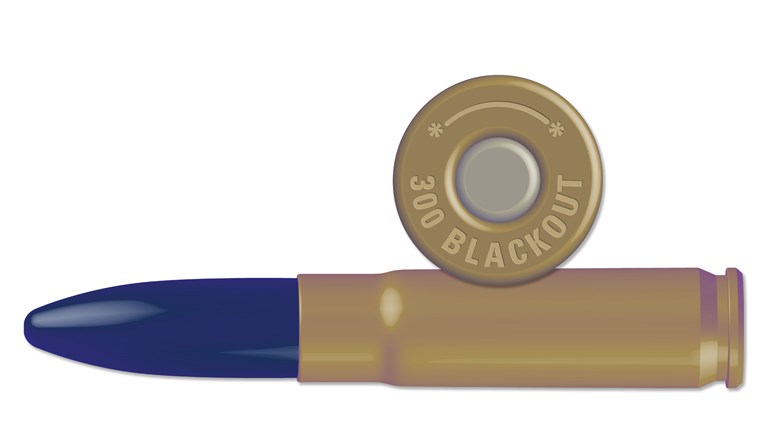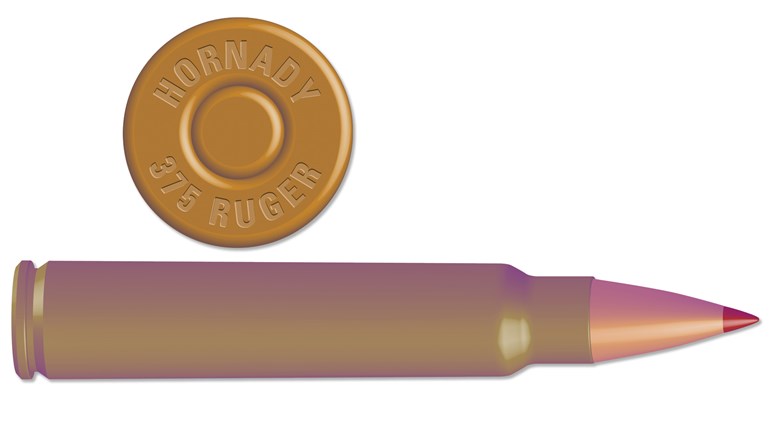
Depending on where you live, the flat iron steak has many names. The British refer to it as the “Butler’s steak,” it is an “oyster” or “book steak” in some regions and in others it’s simply known as “top chuck.” This primal cut is wide, long and flat, hence the name: flat-iron steak. The muscle is easy to find and remove, sitting below the shoulder blade, bisected by a long line of connective tissue. Remove the connective tissue, and you have two steaks ready for cooking.
What most people don’t know about the flat iron steak is that it is thought by many to be the most tender cut on an animal, next to the tenderloin. The tenderloin is dense muscle with little fat, but the flat-iron steak often has more marbling and texture. Hunters often leave this cut of meat on a cross-rib roast, or grind it for burger or sausage. The truth is that this steak is lean, flavorful and is worth its own focus. The flat iron steak is relatively small on a deer or antelope, but so is the tenderloin, and who would leave those behind? An elk, moose, caribou or bison carries a flat iron steak big enough to feed a family.

Pinpoint and Pull Out
On a deer, elk, antelope or moose, the front shoulder is relatively easy to remove whole by cutting through muscle and connective tissue. Pull the front leg away from the sternum and use a knife to cut through the tissue underneath, separating the shoulder from the ribs. At the top of the shoulder, the muscle overlaps the loin. Use a knife to carefully separate the shoulder from the loin and remove the entire front leg in one piece. It may be a little tricky at first, but with patience you’ll be able to locate where to cut.
Lay the shoulder on a counter with the outside of the leg facing up and the top away from you. Use your hands to feel the outer edges of the shoulder blade and a ridge bone. The muscles you are looking for are on the front side of the ridge bone.
Use a boning knife to cut along the length of ridge bone, cutting deep to the shoulder blade, and following it all the way down to where it meets the knee. Cut the muscle free from the bottom of the shoulder blade and, by using your knife flat against the shoulder blade bone, filet up the shoulder blade bone until the muscle lifts off. A muscle cap or tail runs over the top of this muscle, and once removed you have the flat-iron steak.
The first thing most will notice is a heavy line of gristle running through the center. If the meat is braised or slow-cooked, this gristle will break down and will not be noticeable. For those who want to enjoy this cut as a steak, use your knife to remove the gristle. The easiest way to do this is to cut away the smaller steak first, then remove the gristle line entirely from the larger side. You now have two flat-iron steaks ready for cooking.
Cooking
You can cook a flat-iron steak using almost any method from cast-iron frying to a sous vide submersion, but it is hard to beat a flat iron steak grilled over hot coals or on a pellet smoker. To give this cut of meat a true taste and texture test, keep your recipes simple.
Recipe: Grilled Flat Iron Steak
• 2 flat iron venison steaks
• 2 Tbsp Worcestershire sauce
• Juice from one lemon
• ¼ cup olive oil
• Bearded Butcher Original Seasoning Salt or Hi Mountain Venison Rub to taste
Directions
1. Coat the steaks with the seasoning salt or venison rub. Using your hands, work the seasoning into the surface of the meat on both sides.
2. Combine the Worcestershire sauce, lemon juice and olive oil in a sealable bag. Add the steaks and marinate in the refrigerator for 2 to 4 hours.
3. Preheat the grill to 500 degrees. Remove steaks from the marinade and let them come to room temperature. Place them on the hot grill, about 5 to 7 minutes per side, or until the internal temperature reaches 130 degrees. Rotate steaks before flipping to get good sear marks. Remove from the heat, wrap in foil and let them rest for 5 minutes.
4. Slice the steak across the grain and serve hot.
Chef’s Note: Flat iron steaks vary in size. The best way to ensure tender steaks is to use a meat thermometer to cook to an internal temperature of 13o to 135 degrees before wrapping in foil and letting it rest.




































